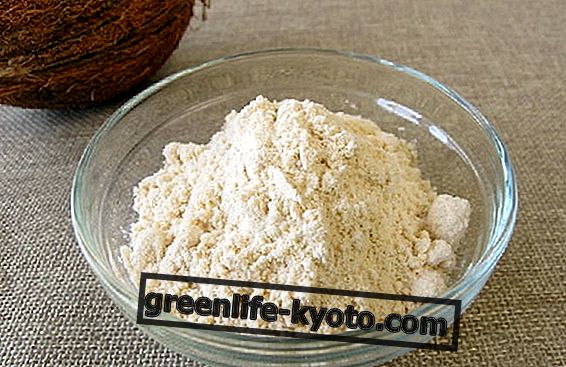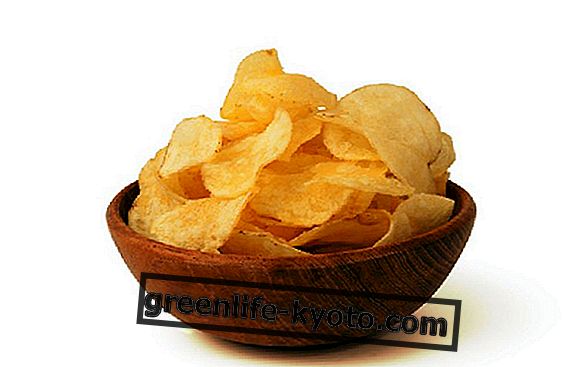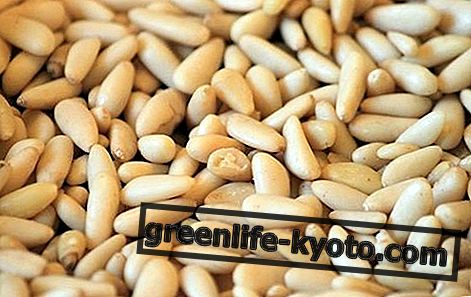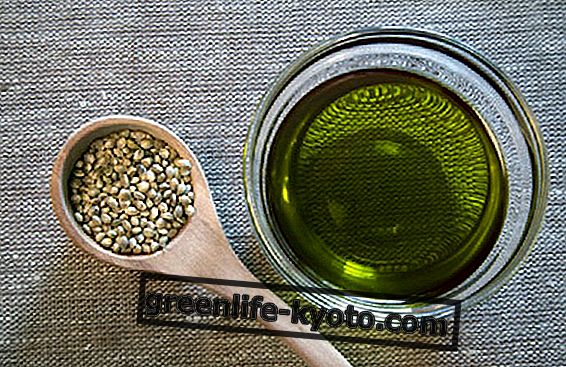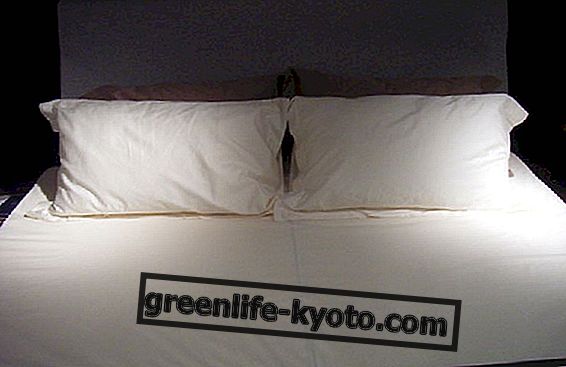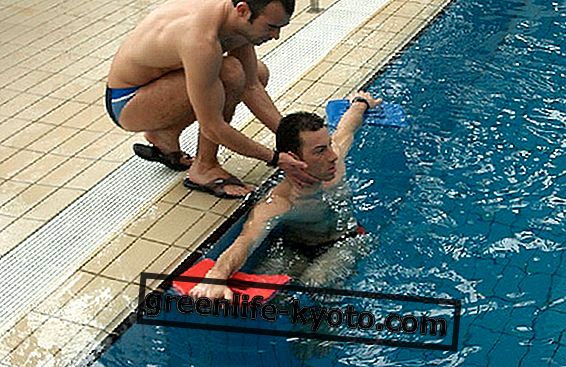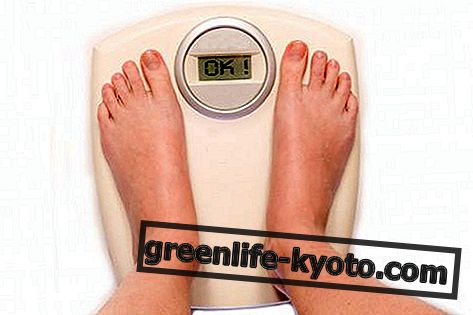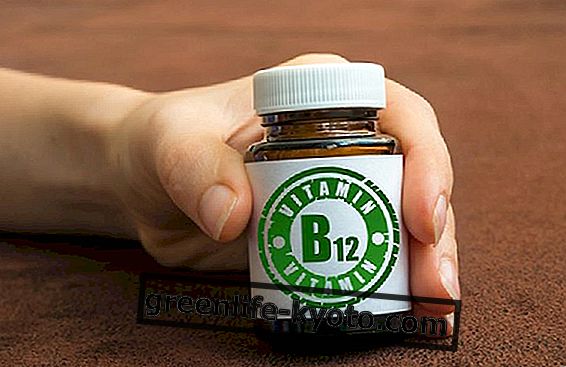Frozen foods can be much more nutritious than many fresh foods because they manage to retain most of the original nutrients present in freshly picked foods and preserve, with minimal alterations, the organoleptic characteristics and nutritional properties. Let's find out better.

History of food preservation
The history of food preservation can be said to march hand in hand with the history of man who, from the beginning, felt the need to take advantage of the moments of great availability of food to get a supply for the most difficult moments.
Of course at the beginning it was a rudimentary conservation due to instinct and observation of natural phenomena. The salt of the sea, the heat of the sun before and after the fire were the first means used by man to preserve food.
In Roman times we find more advanced techniques ; these had sensed that in the air there must have been a " something " that did not allow the preservation of food and that they called " the air corrupting principle ". To subtract the food from this "corruptive principle" they had to avoid contact with the air and so they kept them in large amphorae that, completely covered with melted wax or cedar oil, closed in the best possible way and intervened.
However, they were always conservation techniques based on empirical notions because bacteria and enzymes were not known to exist. We must come to modern times because the problem of food preservation was also proposed scientifically.
Compared to the past, the need to preserve food does not come from the need to preserve food for times of famine but rather from the fact that many foods are not available at all times of the year, having the productions, a seasonal trend and not they are available everywhere for geographical and environmental reasons.
Conservation, whose purpose is to stop the biochemical processes of decomposition, allows the use of foodstuffs in time and space.
What is freezing
Freezing is a method of preservation with physical means (including also heat preservation) in which a change in the state of the water contained both inside and outside the cells that make up the food is created.
The water passes from the liquid to the solid state and in the freezing form of the crystals, whose number and size are closely related to the cooling rate.
Since the number and size of the crystals have a fundamental role in preserving the nutritional value and the organoleptic characteristics of the food, a more rapid cooling allows the formation of " microcrystals " which only partially damage the cell walls without breaking them and preserving, in this way, all the original organoleptic characteristics of the food.
It is in this context that frozen foods are inserted in which freezing is defined as " ultra-fast freezing ". Since the temperature to which a frozen food is subjected is -40 ° C and -50 ° C, there is a simultaneous freezing of the cells and all its constituents, preserving all the components of the food.
Furthermore, it is not only the temperature that counts in freezing, but also the speed at which freezing takes place, which takes place from a minimum of a few minutes to a maximum of 4 hours depending on the size of the product being frozen.
What are the differences between frozen and frozen foods
The substantial difference between the two types of food lies in the different speed of freezing to which foods are subjected.
A slower speed of freezing means that, in frozen foods, the crystals that derive from the freezing of water are " macrocrystals " and therefore sometimes larger than the cells with consequent breaking of the same (the cells seem emptied of their content) and unavoidable payment of cellular content.
At the time of thawing, therefore, there is a dripping of liquids rich in nutrients and an impoverishment of the food, both in nutritional and organoleptic terms.
Therefore, the substantial difference between the two types of food is that in the frozen one there is a noticeable alteration of the product both of a physical order, above all in terms of color and taste, and chemical with an increase in protein degradation products. In the frozen food, on the other hand, the original organoleptic characteristics of the food are kept almost entirely.
We can only buy a frozen food because it is a technique that can only be produced industrially because of the low temperatures to be reached, while a frozen food can be obtained both at an industrial and domestic level thanks to the diffusion of the refrigerator and the use of the freezer.
Properties of frozen foods
Since the growth of microbes is inhibited by cold (microbiostatic action), freezing is one of the most effective ways of preserving foodstuffs with minimal alterations of organoleptic characteristics and nutritional properties.
Freshly picked fruits and vegetables immediately begin to lose nutrients by arriving at the supermarket counter, after several days or weeks. Frozen food is in the end much more nutritious because it manages to retain most of the original nutrients present as soon as it is picked at a lower cost.
A possible deterioration of the food stored in this way occurs only if the cold chain is interrupted.
It is good to point out that the cold does not have a restoring action nor sterilizing ; therefore foods to be stored at low temperatures must be hygienically perfect.
Measures to preserve frozen food
The tricks to keep frozen foods to the best of their nutritional and quality characteristics are simple.
At the time of purchase:
- buy frozen foods at the end of the shopping and place them in the appropriate thermal bags or thermal boxes to slow thawing;
- return home as quickly as possible and store them immediately in the freezer compartment;
- if the package has traces of frost on the surface, it means that the cold chain has been interrupted at some point and thawing has begun, the food could be damaged and even polluted;
- check the thermometers inside the refrigerator, one is placed at the maximum load level, the other at half height. Both must indicate a temperature equal to or below -18 ° C. If one of the two thermometers shows higher temperatures (-16 ° C / -14 ° C) perfect preservation of the products is not guaranteed.
At home:
- periodically check the freezer temperature, which must always operate at -18 ° C. At higher temperatures the frozen food cannot be stored otherwise it will be damaged;
- the shelf life varies depending on the freezer. Check the international temperature symbols, such as: **** (- 25 / - 30 C) and *** (- 18 C) you can store frozen foods until the date indicated on the package; ** (- 12 C) allows you to keep frozen foods for a month; (- 6 C) frozen foods are only kept for a few days.

